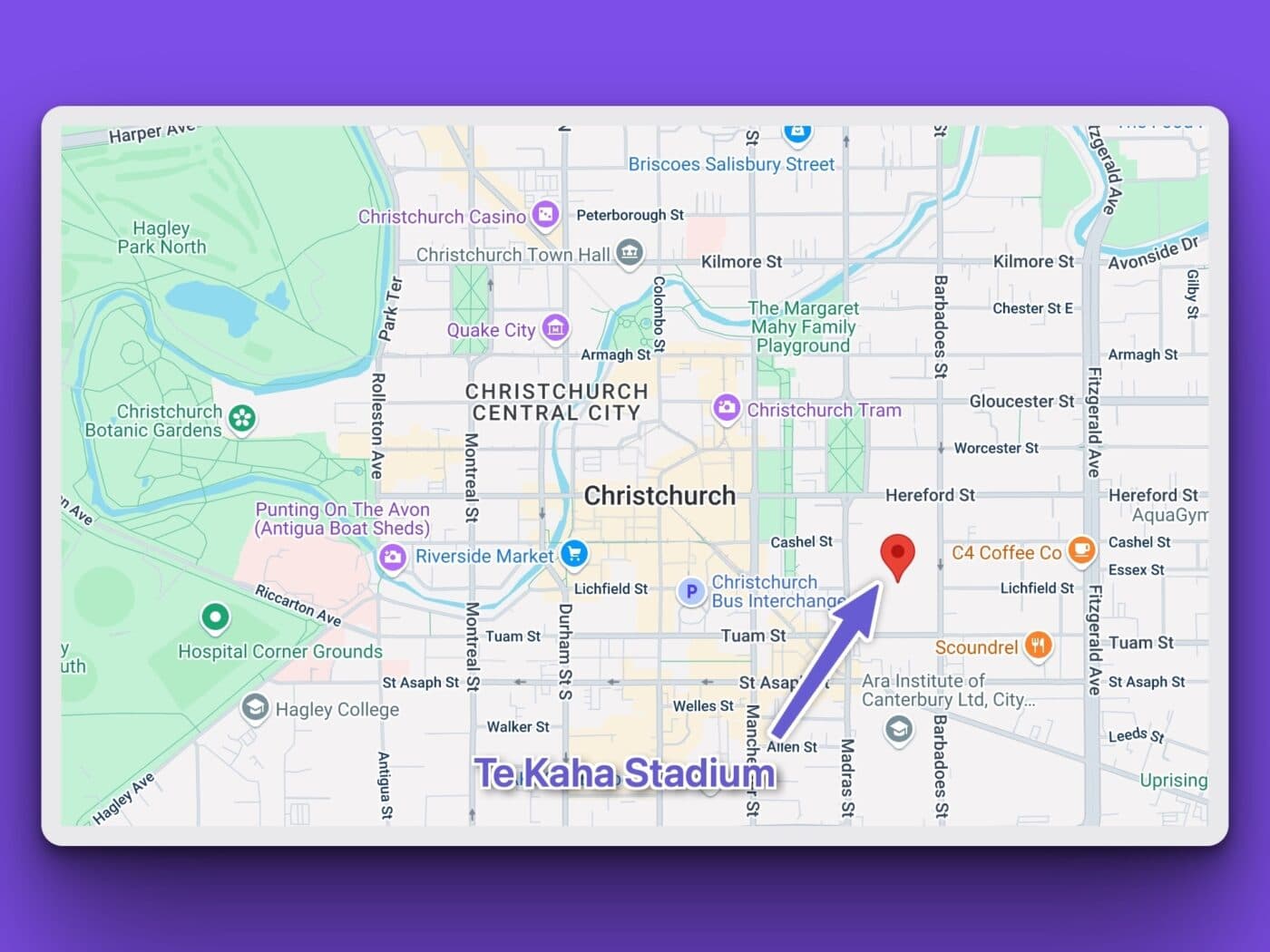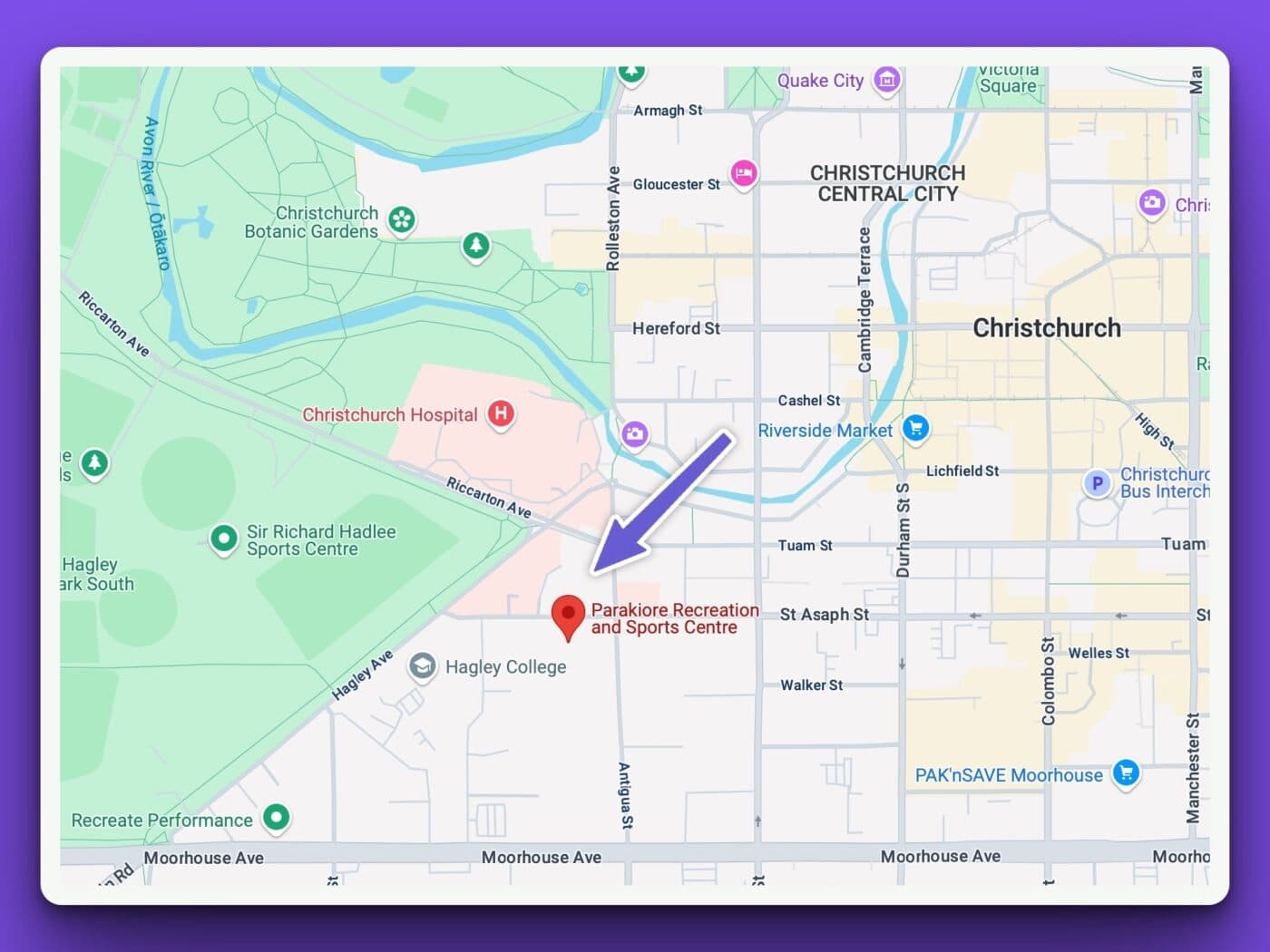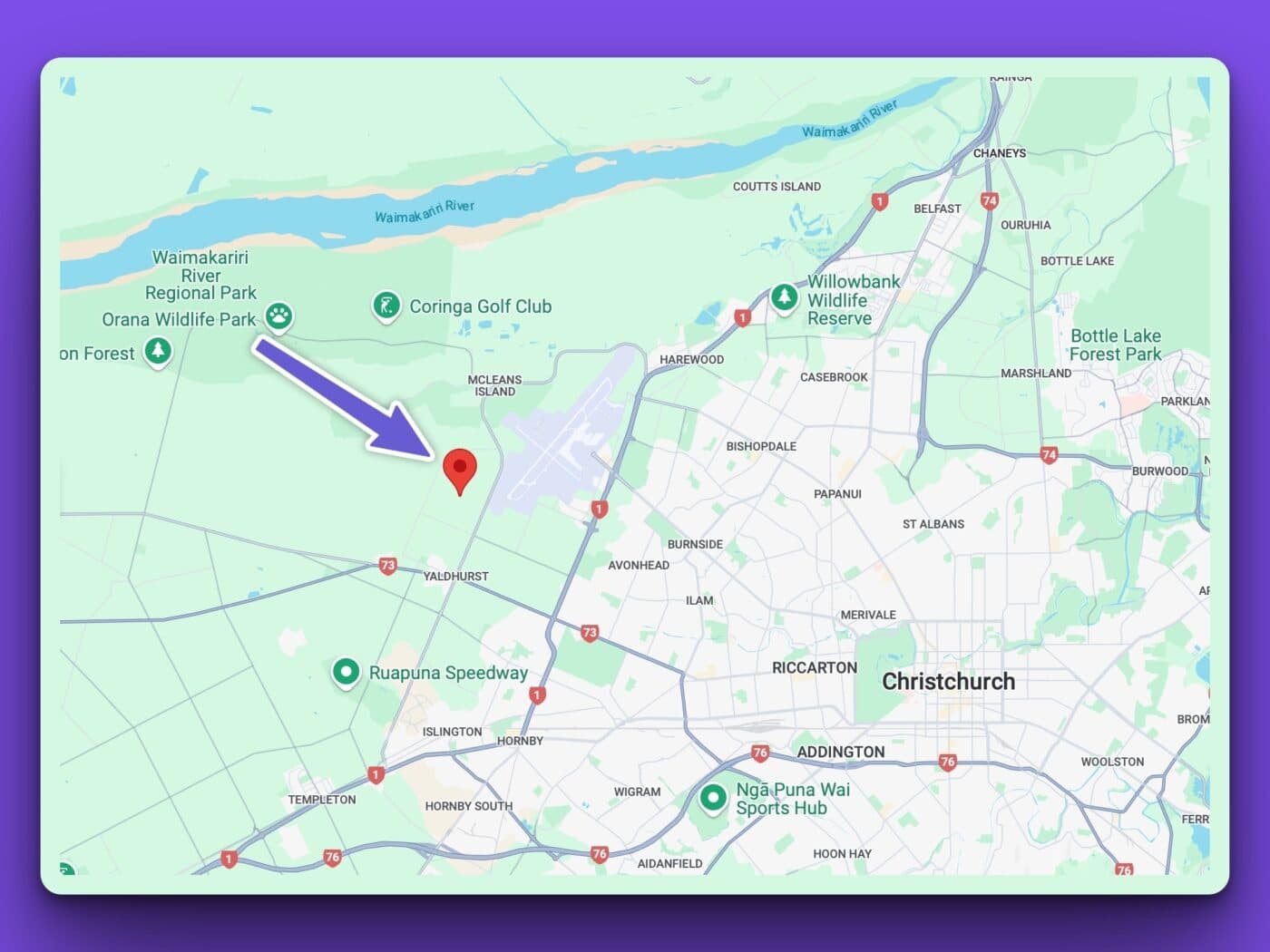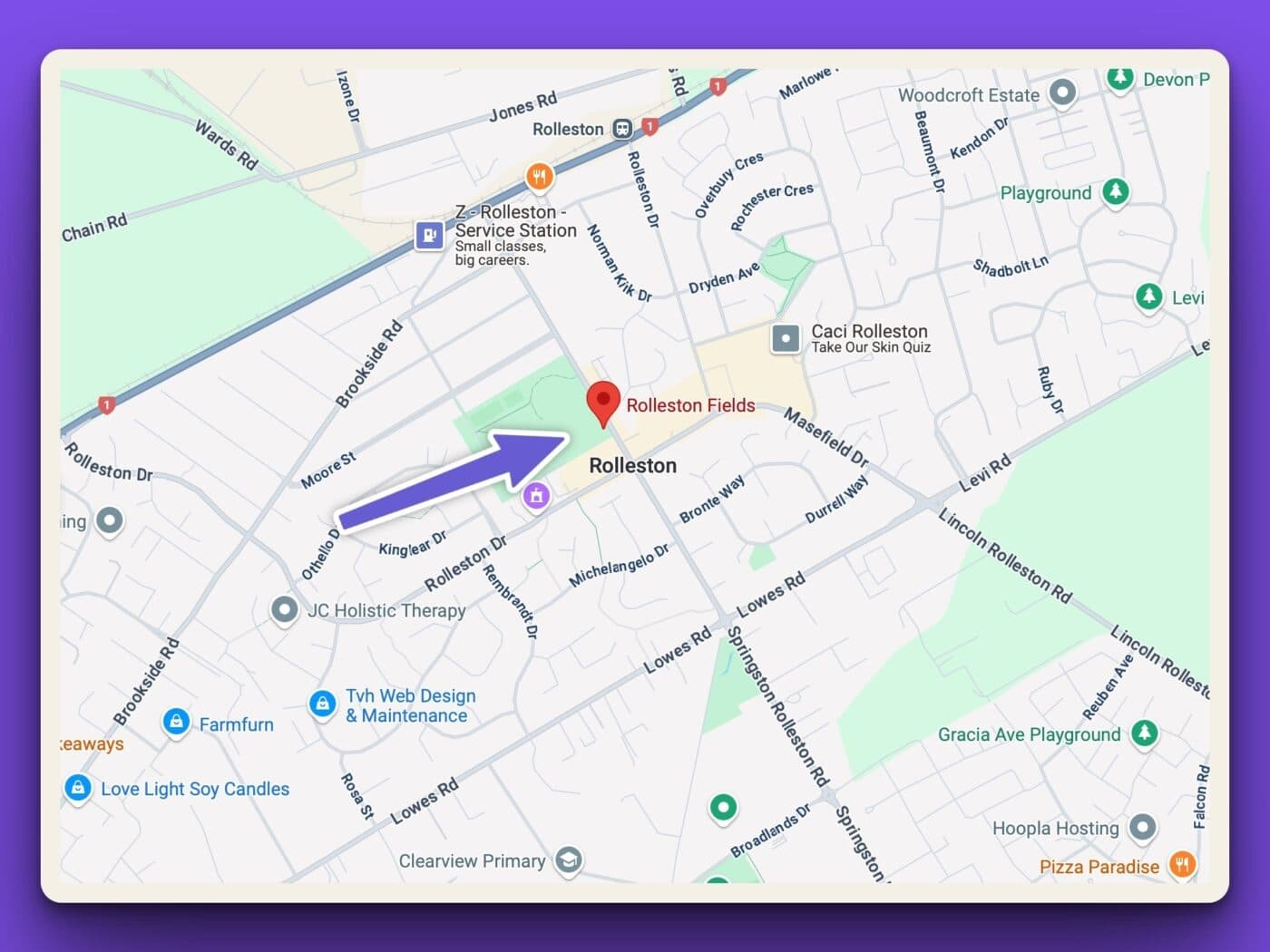
Property Investment
Major infrastructure coming to Auckland
What’s going on in Auckland? Discover 5 major infrastructure projects reshaping the city—and what they mean for smart property investors.
Property Investment
4 min read

Author: Scott Collings
Qualified builder. 6 years’ experience building + 6 years project managing residential developments.
Reviewed by: Andrew Nicol
Managing Director, 20+ Years' Experience Investing In Property, Author & Host
I often hear from investors: “What’s happening in Christchurch these days?”
It’s a smart question. New infrastructure such as railways, motorways, housing or malls, can make a suburb more appealing.
If you can invest before new infrastructure is built … perhaps you can get a price boost or a new rush of tenants.
It’s my job to know just what exactly is going on in Christchurch. That’s why I regularly talk to developers, planners and insiders to determine where the government will spend its money next.
Because once you know where the money’s going, you can find properties nearby.
Christchurch is spending billions of dollars on major projects. Some are easy to spot, others are still flying under the radar.
In this article, I’ll take you through five of the biggest ones.
First on my list is Christchurch’s new stadium. This one’s been in the pipeline for a while and now it’s finally getting close to completion.
The $683 million Te Kaha stadium will open in about a year, in April 2026.
30,000 people can flock to the central city arena. It will be fully covered and ready to host major sporting events, concerts and festivals, no matter the weather.

The stadium doesn’t just entertain tenants and homeowners; it creates housing demand in the central city.
During events it will bring in more people who want to stay in an Airbnb, not to mention the amount of people who will work in the area.
The extra foot traffic should boost nearby shopping spaces, bars and restaurants. This creates more jobs ... and some of these people will want to live nearby.
This project is a green light for investors looking at the inner city.
Great for: the central city and neighbouring suburbs like Linwood and Phillipstown.
You might not expect an indoor pool to make this list of major infrastructure projects, but then again Parakiore isn't just a pool.
It’ll be the largest aquatic and indoor sports facility in the country, near the middle of the CBD and is costing $696 million to build.

It will include an Olympic-sized pool, a dive tower, and courts for a whole range of sports. The opening is scheduled for late 2025.
This kind of facility draws crowds. There will be regional and national tournaments, big community events, and plenty of foot traffic.
That’s great news for surrounding businesses and retailers and it lifts the appeal of nearby residential developments too.
Great for: Central city and neighbouring suburbs like Addington and Sydenham.
Kōwhai Park is a massive 230-hectare solar farm being built at Christchurch Airport.
Once it’s finished it will feature 300,000 solar panels generating enough power to run 36,000 homes and willbe one of the biggest of its kind.
The $267 million project is already under construction, with the first phase expected to go live in 2026.
It’s a pretty big green light that Christchurch isn’t just rebuilding … it’s looking forward.
I get it, you might be asking: Why does this matter to property investors?

Sure, it’s not technically an upgrade to the airport … right now. But that’s what it could lead to. Stick with me on this.
Big, clean energy projects attract energy-intensive industries. Think things like data centres and manufacturing factories. That drives demand for commercial property around the airport, creating more jobs in the area.
Great for: Yaldhurt and Avonhead.
Two-and-a-half decades ago Rolleston was a tiny town with less than 2,000 people, but it’s gone from a paddock to a small city in just over 20 years.
Selwyn District (where Rolleston is the largest city) has the fastest-growing population in the country, so they need a lot of new infrastructure to support that.
Now the city has a brand-new master-planned town centre in the works.

Some parts (like the $22.7m library) are already open, but the full build is expected to run through to 2029.
It will have retail shops, a community centre, restaurants ... the works.
This will open up job opportunities and make Rolleston even more self-sufficient.
It won’t be marketed as “a 20-minute commute” to Christchurch any more; it will be a city in its own right.
Great for: Rolleston and surrounding small towns.
This one’s a little less flashy — but don’t overlook it.
Christchurch City Council is rolling out a wave of smaller, street-level upgrades across the city.
These are things like improved intersections, upgraded water pipes, footpaths, better pedestrian crossings and safer roads.
Around Te Kaha, for example, streets are being reworked with wider footpaths and reduced speed limits.
This is because there’s a big focus on walkability and greenery in the area.
Why does this matter? Because this is often the first sign a suburb is about to shift and gentrify.
Councils don’t spend millions improving basic things like footpaths unless they expect more people, more development, and more demand.
So, no, this isn’t as flashy as a new stadium or a solar farm, but it’s not just about the rebuild, it’s actually looking forward.
If you spot this kind of work in a neighbourhood early, before the cafes and townhouses move in, you might just be onto the next up-and-coming spots.
The Canterbury earthquakes damaged much of Christchurch, and although the major earthquake happened in 2011 (14 years ago) the rebuild is still underway.
Yes, a lot of these projects aren’t yet finished, but remember once these projects are finished house prices will tend to rise to factor this in. So, you generally want to buy a property in these areas before the ribbon is cut on these projects.
The biggest gains usually come just after a project is announced or when the opportunity is less obvious.
If you’re thinking long-term, keep your eye on:
Because that’s where Christchurch’s next wave of growth could be.
Qualified builder. 6 years’ experience building + 6 years project managing residential developments.
Scott has a background in construction. He progressed from a qualified builder to roles in project, construction, and finally development management. He brings this experience to his role as Opes' Property Development Liaison Manager, making sure investors can access high-quality properties.
This article is for your general information. It’s not financial advice. See here for details about our Financial Advice Provider Disclosure. So Opes isn’t telling you what to do with your own money.
We’ve made every effort to make sure the information is accurate. But we occasionally get the odd fact wrong. Make sure you do your own research or talk to a financial adviser before making any investment decisions.
You might like to use us or another financial adviser